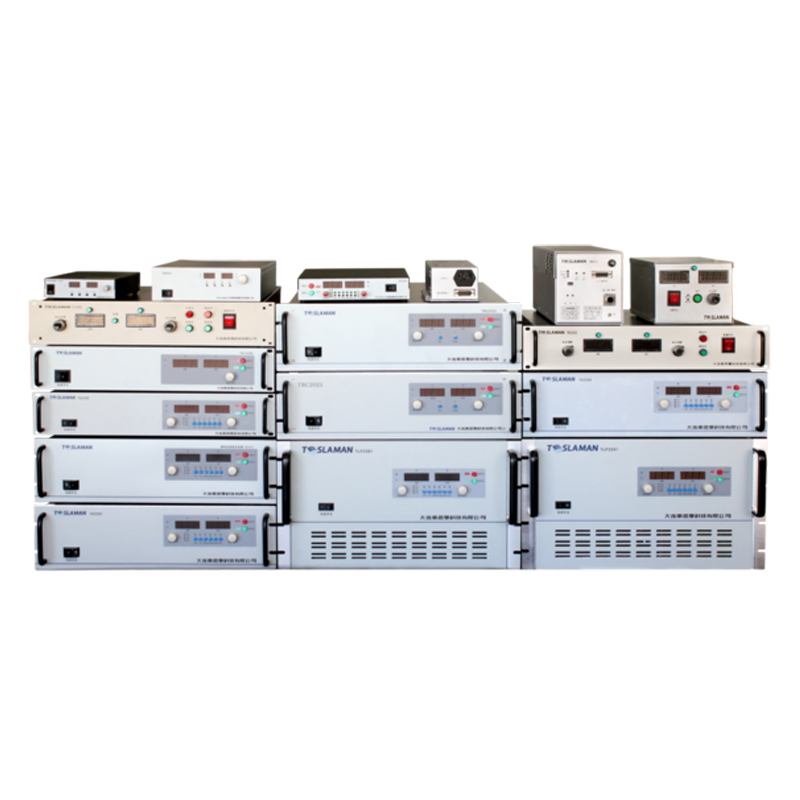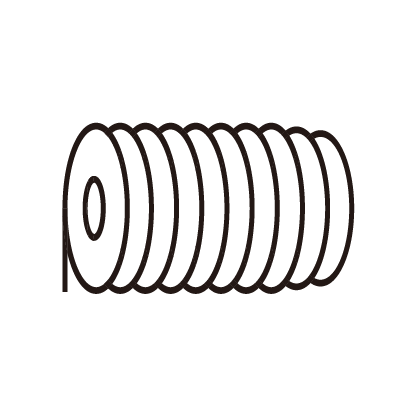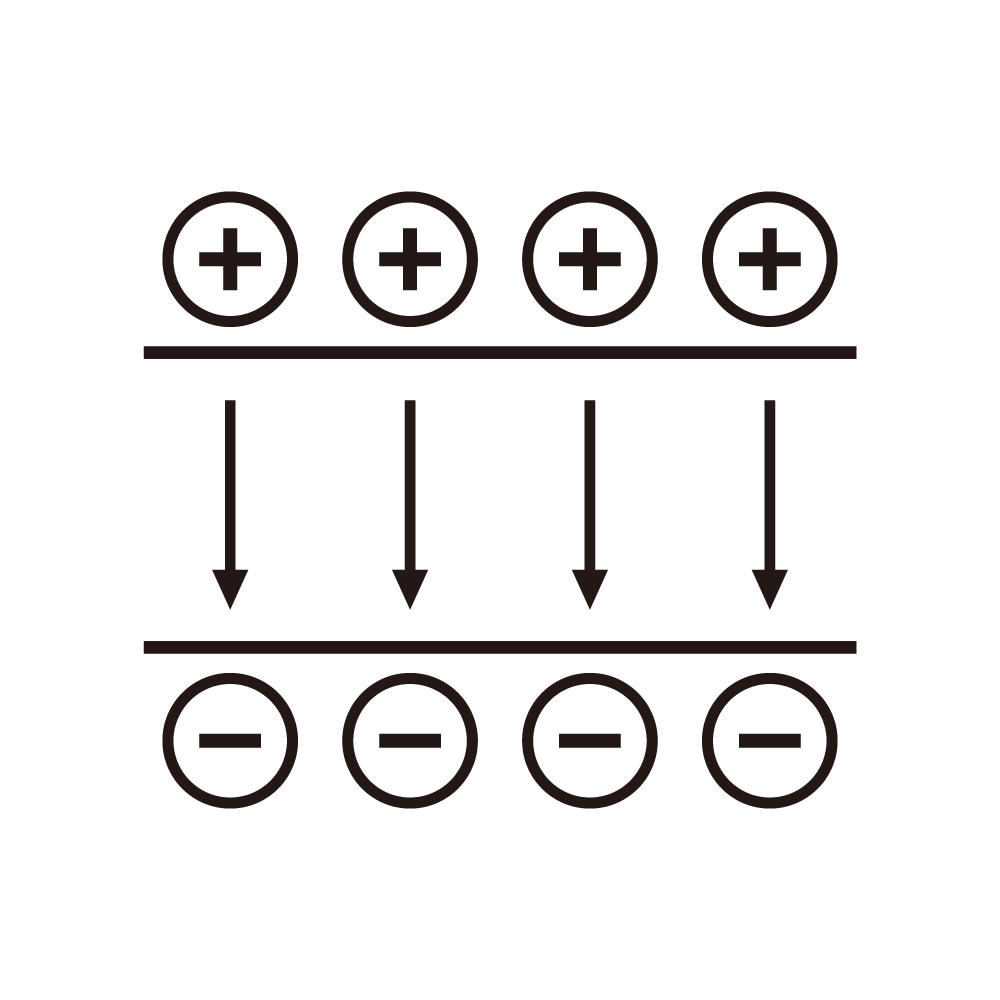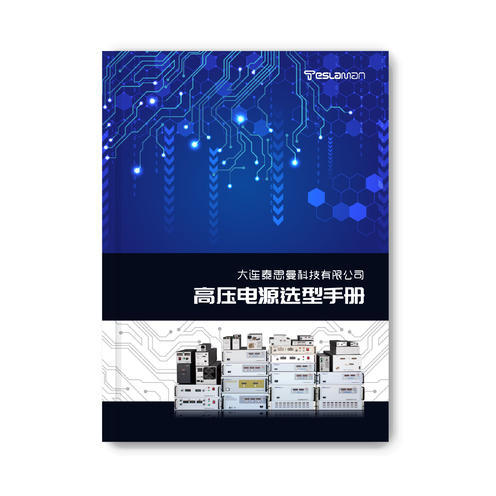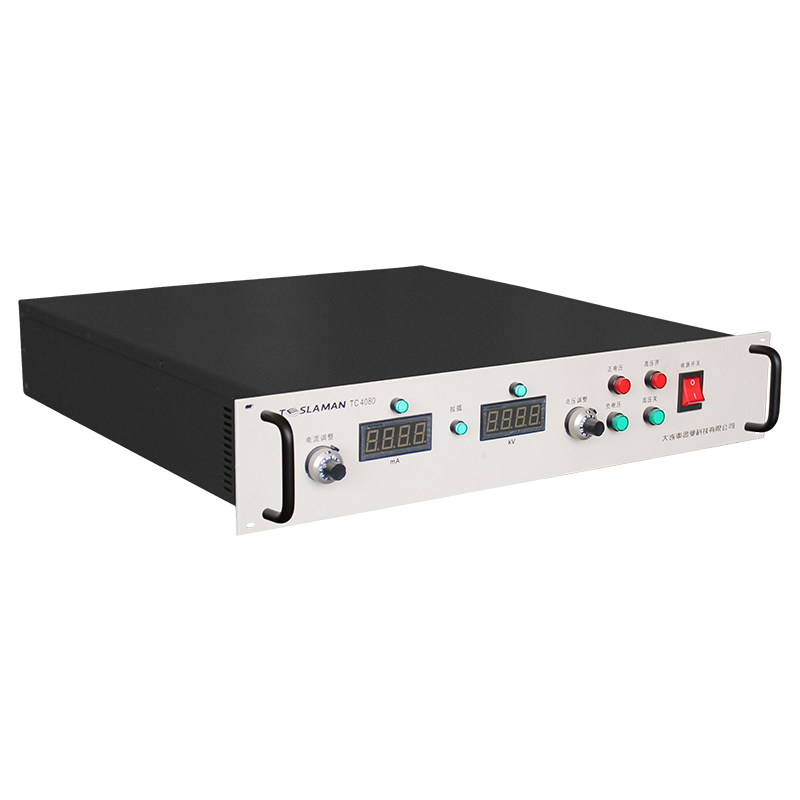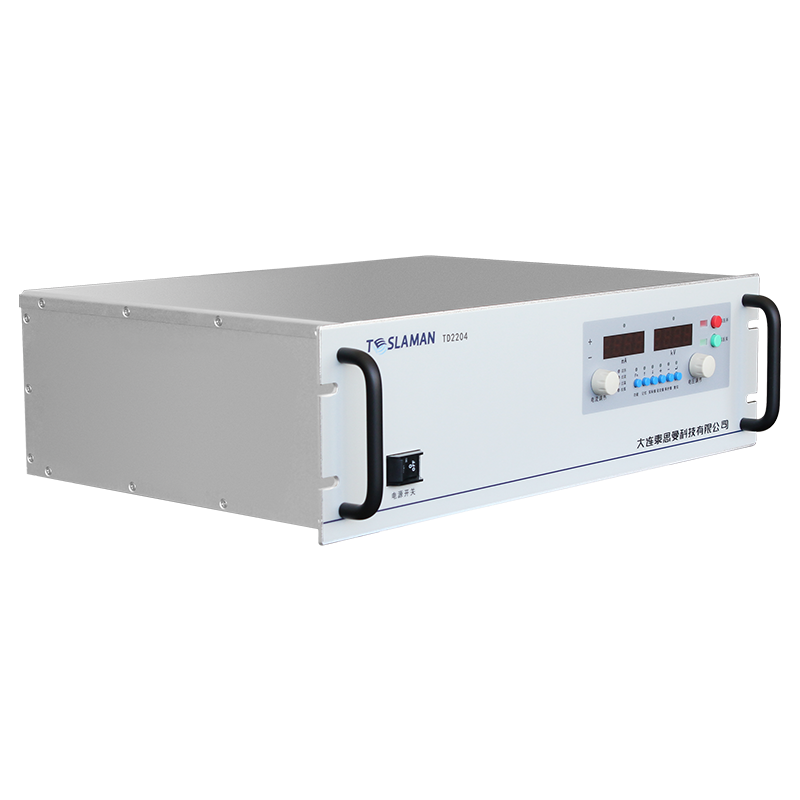Research on Efficiency Enhancement and Energy-Saving Operation Modes of Variable Frequency and Voltage-Regulated Power Supplies
Variable frequency and voltage-regulated power supplies are critical in applications requiring precise control of both voltage and frequency, such as motor testing, laboratory simulations, and AC grid emulation. However, the conversion chain—from AC-DC rectification to DC-AC inversion and voltage regulation—often results in significant energy losses. Improving system efficiency and enabling intelligent energy-saving operation requires optimization in topology design, control strategies, thermal management, and load-adaptive operation.
From a topological standpoint, efficiency improvement begins with high-performance conversion stages. Active power factor correction (PFC) in the rectifier stage minimizes harmonic distortion and achieves near-unity power factor, improving grid-side efficiency. In the inverter stage, adopting full-bridge or three-level topologies with soft-switching techniques such as Zero Voltage Switching (ZVS) and Zero Current Switching (ZCS) can dramatically reduce switching losses. Resonant topologies, such as LLC resonant converters, further enhance conversion efficiency, particularly at high frequency and power levels.
Advanced digital control also plays a key role. By employing DSP or FPGA-based controllers with adaptive modulation algorithms—such as Space Vector PWM (SVPWM) or dynamic duty-cycle adjustment—the system can optimize efficiency under varying load conditions. During light-load operation, the system can enter burst mode or reduce switching frequency to minimize idle losses without compromising regulation accuracy.
Energy recovery is another major path for efficiency improvement. In regenerative testing systems or motor back-driving scenarios, bidirectional converters can return excess energy to the grid instead of dissipating it through resistive loads. This not only conserves energy but also lowers thermal stress on components, improving system reliability.
Thermal management and auxiliary power consumption also influence overall efficiency. Replacing constant-speed fans with temperature-controlled smart cooling systems or adopting liquid cooling in high-power applications reduces unnecessary auxiliary losses. Integrating real-time thermal monitoring allows intelligent fan-speed regulation and power stage derating under thermal stress conditions.
Finally, embedding a supervisory energy management system enables adaptive operation based on load profiles and environmental conditions. By dynamically switching between high-performance and energy-saving modes, the power supply maintains optimal efficiency throughout its lifetime.
Through structural refinement, intelligent control, and energy recovery integration, variable frequency voltage-regulated power supplies can achieve high dynamic performance with substantial energy savings across diverse applications.
